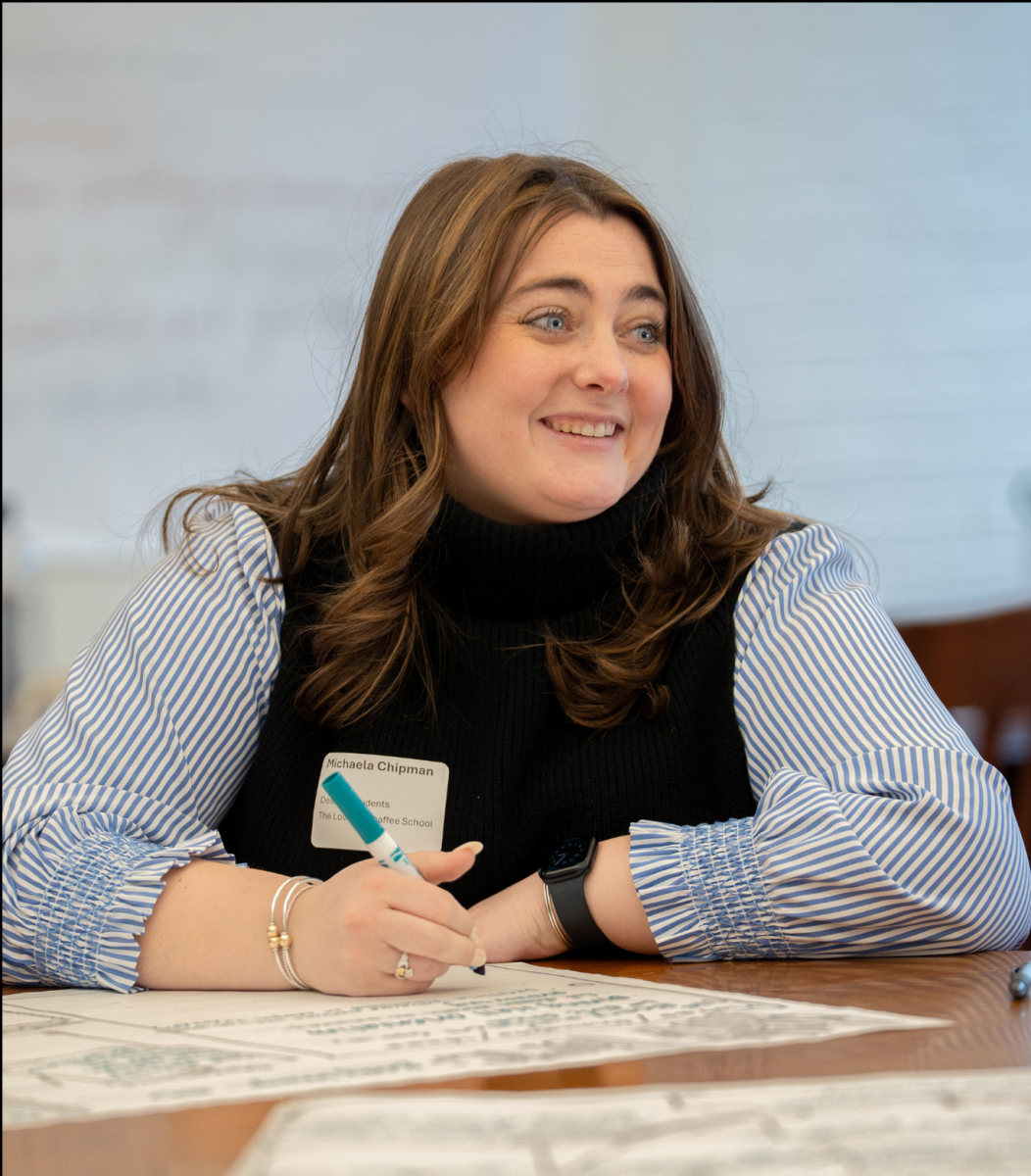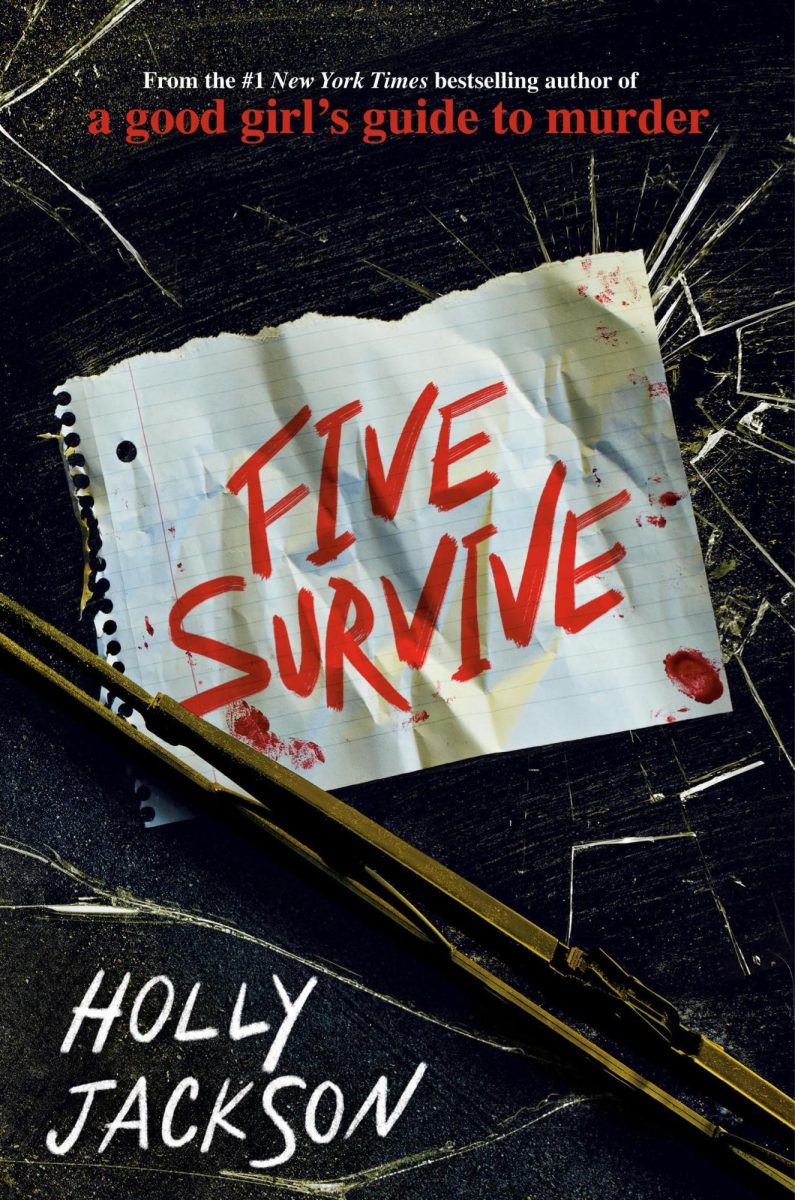The PHI: Innovating the Island
January 29, 2019
Since the Scanlan Student Center’s inaugural opening in October, the Pearse Hub for Innovation (PHI) has taken on two major roles on campus: incorporation into preexisting curriculums, and PHI specific courses. With the many high-tech and innovative tools available in this state-of-the-art facility, the opportunities really do seem to be unlimited.
Ms. Hannah Saris, a math teacher, was one of the initial teachers to utilize the PHI this past December, incorporating use of the Glowforge laser cutter into her Algebra 2 and Advanced Algebra 2 classes. Using their understanding of functions from the unit, Ms. Saris’s classes designed keychains using Desmos, an online graphing calculator website.
Once in the PHI, the students proceeded to bring their designs to life in a software called Inkscape. From then, the designs were sent to the laser cutter where they were made into physical keychains for the student’s use. Not only did this project allow for a change of scenery, but it also allowed students to better understand the mathematical concepts they were learning in the classroom. “The space should support the curriculum, and if done well, can be transformative in the student learning experience,” Ms Saris expressed regarding the beneficial nature of the PHI.
However, the PHI’s reach extends beyond the confines of existing classes. Within the PHI, there are four classes offered. One of which is the Problem Solving for the Common Good which aims to find solutions to problems on campus. After being presented with the issue of plastic waste from campus being sent to facilities without any certainty that this was a legitimately sustainable, the students began their project called “Precious Plastics.”
Inspired by a European business, the class was tasked with putting a system into place that would allow them to make plastic waste into new usable items. The class has been split into five teams each with a focus on one aspect of the project. They are building machines to shred the plastic into small pieces, melt them, create molds for different products, and also research.
Maral Asik ’20, a current student in the Problem Solving for the Common good class, is a member of the group focused on shredding discarded plastic. “We [the shredding group] used the laser cutter to cut wood to make an electric box. We’ve used different drill pieces to take apart a wood chipper to take out the motor, which we then rewired to fit our purposes. Today, we used the wood saw to cut pieces to make a table frame for our machine,” explained Maral of the process she was involved in.
The project aims to change the way our campus functions in the long term. The project’s eventual implementation will allow the community to lessen its’ environmental impact.
These two projects accompany many others in the list of projects that have come to fruition since the PHI’s introduction. A few benefits of which are a hands-on learning environment and the betterment of campus as a community. With the future of the PHI ahead, successful projects will only become more prevalent. “Having people get some experience down here, to start to imagine things that they can’t image…to know what they don’t know” Mr. Scott MacClintic depicted the PHI’s expansion across further students, a future which will surely hold further innovative projects.








